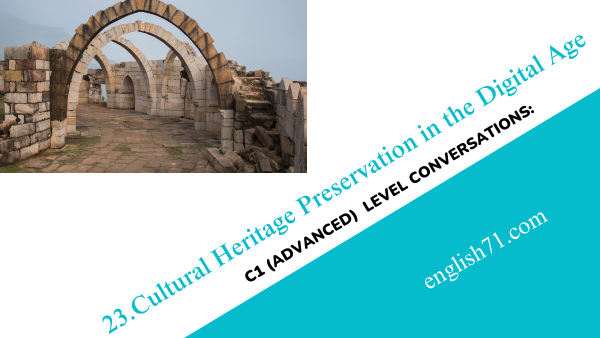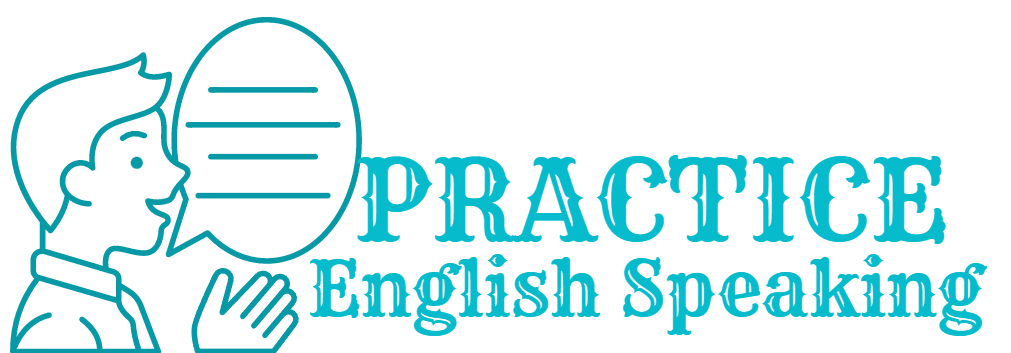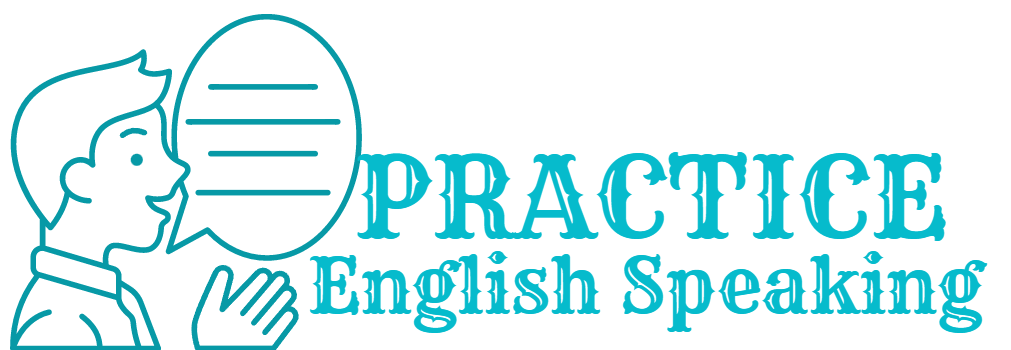C1 (Advanced) level Conversations: (24) Cultural Heritage Preservation in the Digital Age

Monica: Hey Joey, have you ever thought about how we can preserve cultural heritage in today’s digital world?
Joey: Yeah, it’s quite a fascinating topic. With everything going digital, it’s important to ensure we don’t lose sight of our rich cultural history.
Monica: Exactly! Digital technologies offer new ways to document and safeguard cultural artifacts, but there are also risks involved, like data loss or cyberattacks.
Joey: That’s true. Plus, there’s the issue of accessibility. While digitization can make cultural resources more widely available, not everyone has equal access to technology.
Monica: Absolutely. We need to find ways to bridge that gap and ensure that everyone can benefit from these digital archives. But then, there’s also the question of authenticity. How do we ensure the digital versions truly reflect the essence of the original artifacts?
Joey: Yeah, maintaining authenticity is crucial. It’s about more than just digitizing; it’s about preserving the context and significance of these cultural treasures.
Monica: Agreed. And let’s not forget about the ethical considerations, like ownership and copyright issues, especially when dealing with indigenous cultural heritage.
Joey: Right. We need to approach this with sensitivity and respect for the communities involved. It’s about collaboration and mutual understanding.
Monica: Absolutely, Joey. By combining traditional preservation methods with innovative digital solutions and a commitment to inclusivity, we can ensure that our cultural heritage remains vibrant and accessible for generations to come.
Joey: Well said, Monica. It’s a challenging task, but with careful planning and collaboration, I believe we can successfully navigate these complexities.
Monica: I couldn’t agree more, Joey. It’s all about preserving our past while embracing the opportunities of the digital age.



Summary:
Monica and Joey engage in a thought-provoking conversation about the preservation of cultural heritage in the digital era. They explore the significance of digitization in safeguarding cultural artifacts while acknowledging the risks and challenges involved, such as data loss and accessibility issues. The dialogue highlights the importance of maintaining authenticity, addressing ethical considerations, and fostering collaboration with communities. Ultimately, they emphasize the need for a balanced approach that combines traditional preservation methods with innovative digital solutions to ensure cultural heritage remains accessible and respected for future generations.

